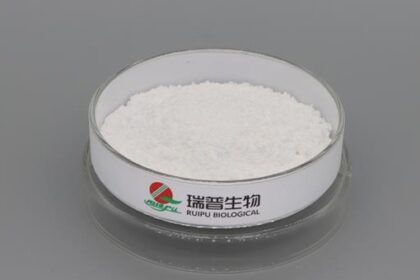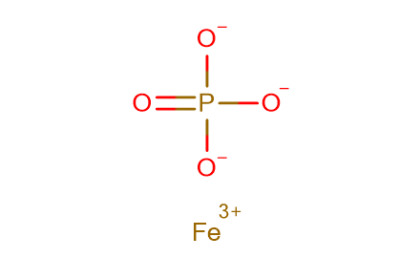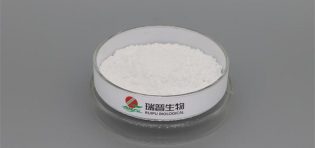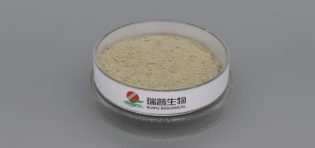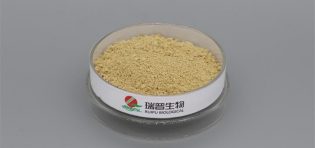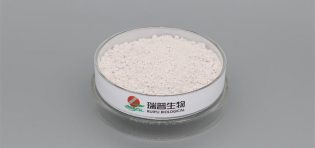
The purity of ferric phosphate can be determined through various analytical techniques.Here are some commonly used methods for us to detect and assess the purity of ferric phosphate:
Elemental analysis: Elemental analysis, such as Inductively Coupled Plasma-Atomic Emission Spectroscopy (ICP-AES) or Inductively Coupled Plasma-Mass Spectrometry (ICP-MS), can be employed to determine the elemental composition of ferric phosphate.These techniques can identify impurities or trace elements present in the sample.
X-ray diffraction (XRD): XRD is a technique used to analyze the crystal structure of a compound.By subjecting a sample of ferric phosphate to X-ray radiation, diffraction patterns can be obtained and compared to reference patterns to confirm the presence of ferric phosphate and identify any additional phases or impurities.
Fourier Transform Infrared Spectroscopy (FTIR): FTIR spectroscopy can provide information about the functional groups present in a compound.By analyzing the absorption of infrared light, FTIR can help identify the presence of specific bonds or chemical groups in ferric phosphate, confirming its identity and assessing its purity.
Thermal analysis: Techniques such as Thermogravimetric Analysis (TGA) or Differential Scanning Calorimetry (DSC) can be utilized to assess the thermal behavior and stability of ferric phosphate. These techniques can identify decomposition or phase transitions that may indicate impurities or contaminants in the sample.
Chemical analysis: Chemical analysis methods, including titration or wet chemical methods, can be employed to assess the purity of ferric phosphate.These methods involve performing specific chemical reactions or measurements to determine the concentration or content of specific components.
Particle size analysis: Particle size analysis techniques, such as laser diffraction or microscopy, can provide information about the particle size distribution of ferric phosphate.This analysis can indirectly indicate the presence of impurities or variations in the sample.
These methods can be performed by qualified analytical laboratories or research institutions with the necessary equipment and expertise.We can consult with experts or professionals who specialize in analytical chemistry to determine the most appropriate method for assessing the purity of ferric phosphate in a given context.


